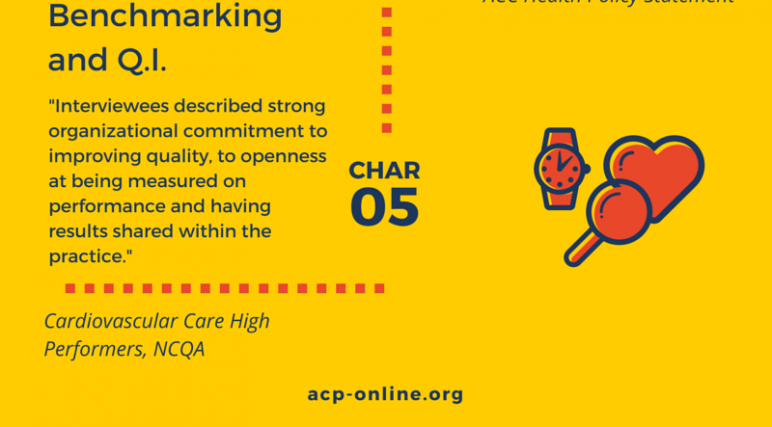Expanding availability of elective, non-emergent cardiac catheterization services to Saturdays might significantly reduce length of stay, with no effect on clinical quality reports a recent economic impact study.
The study, published online in the American Journal of Managed Care found that reduced length of stay did not result in total cost savings, however.
In January 2009, Mayo Clinic Rochester expanded cardiac catheterization service availability (CSA) to Saturdays with the "goal of timely access with improved efficiency of care," write the authors.
Despite succeeding in greatly reducing length of stay—a statistically significant, adjusted average of 1.73 days—total costs of care were similar prior to CSA expansion.
Continue reading Routine Cardiac Catheterization Expanding to Saturdays?

